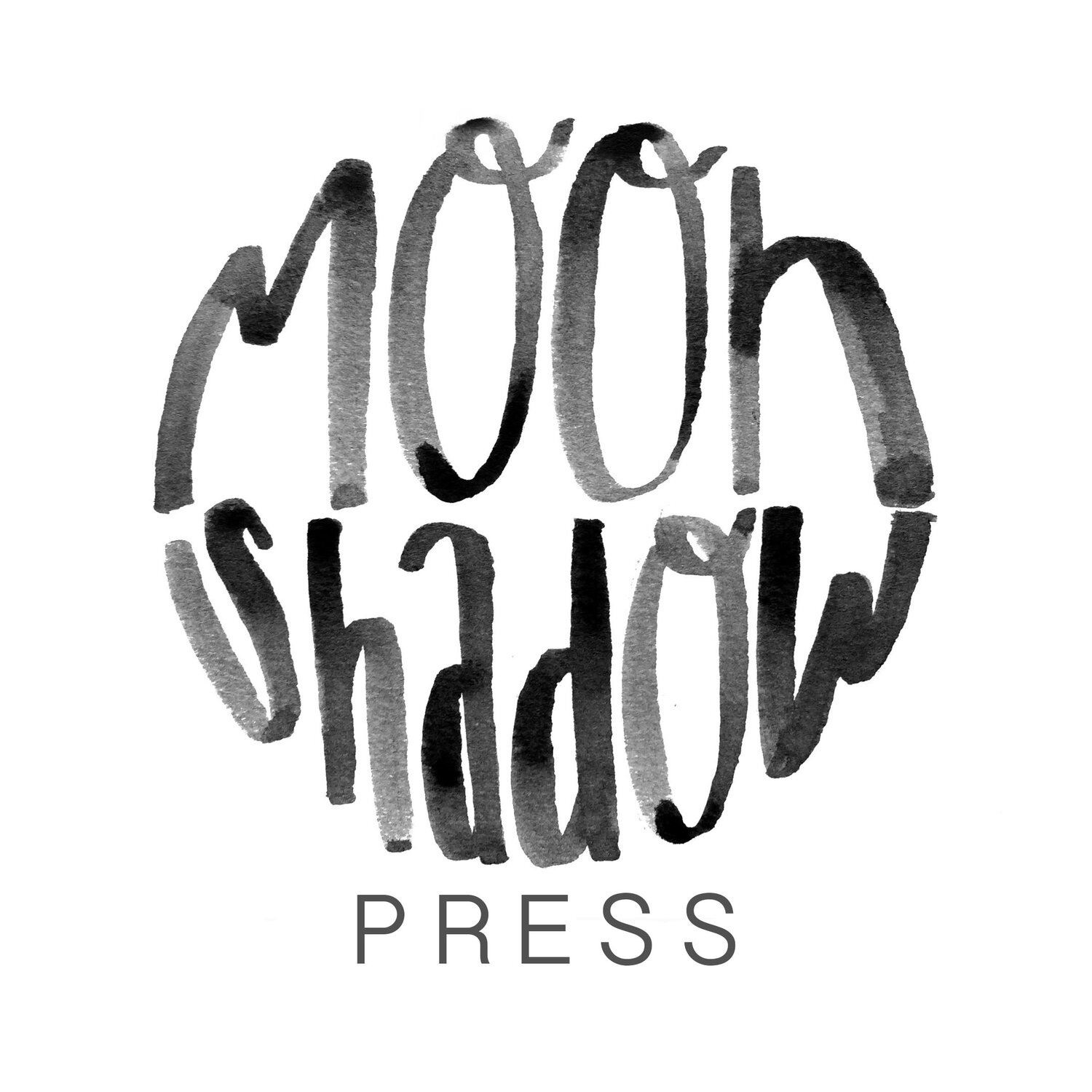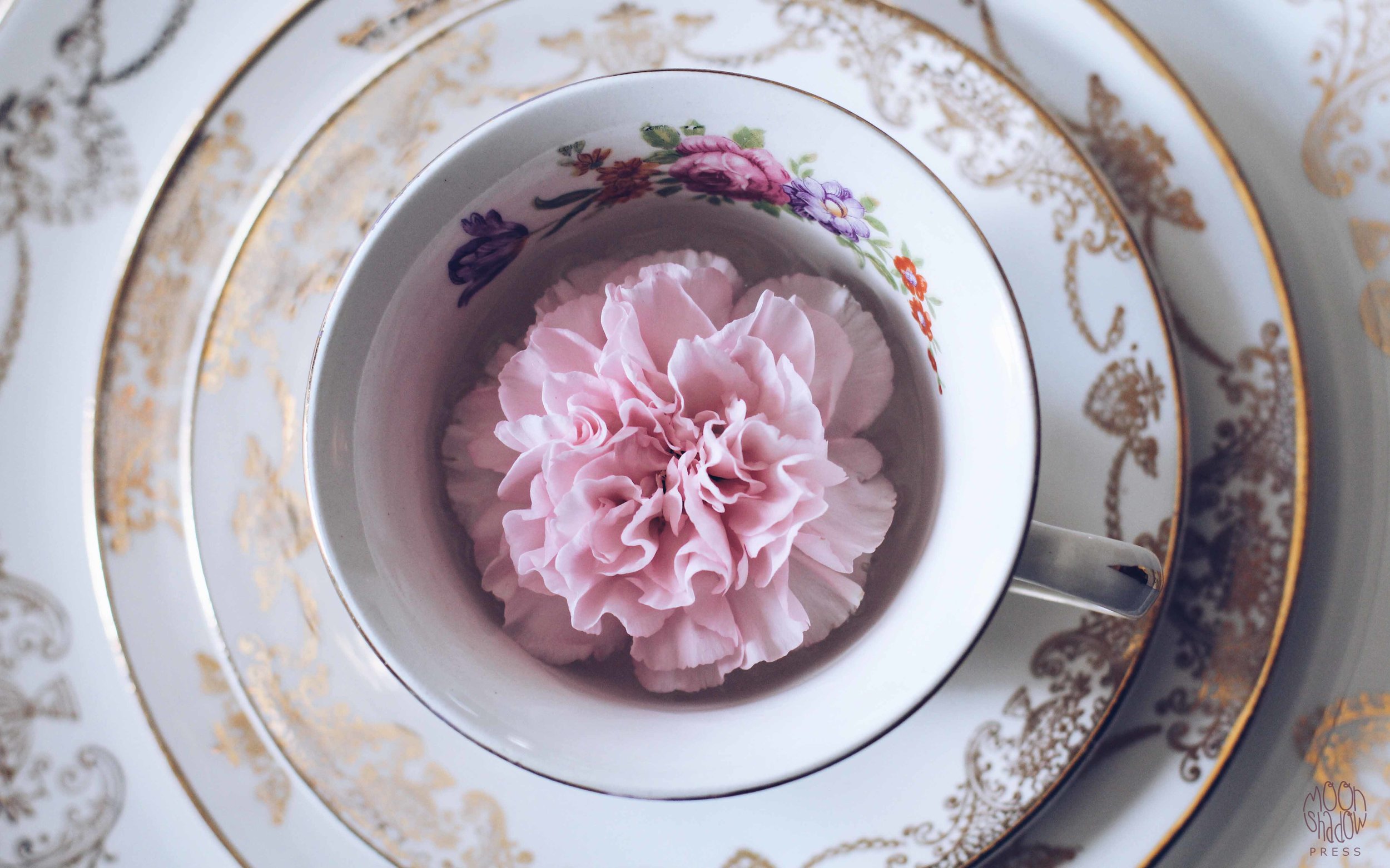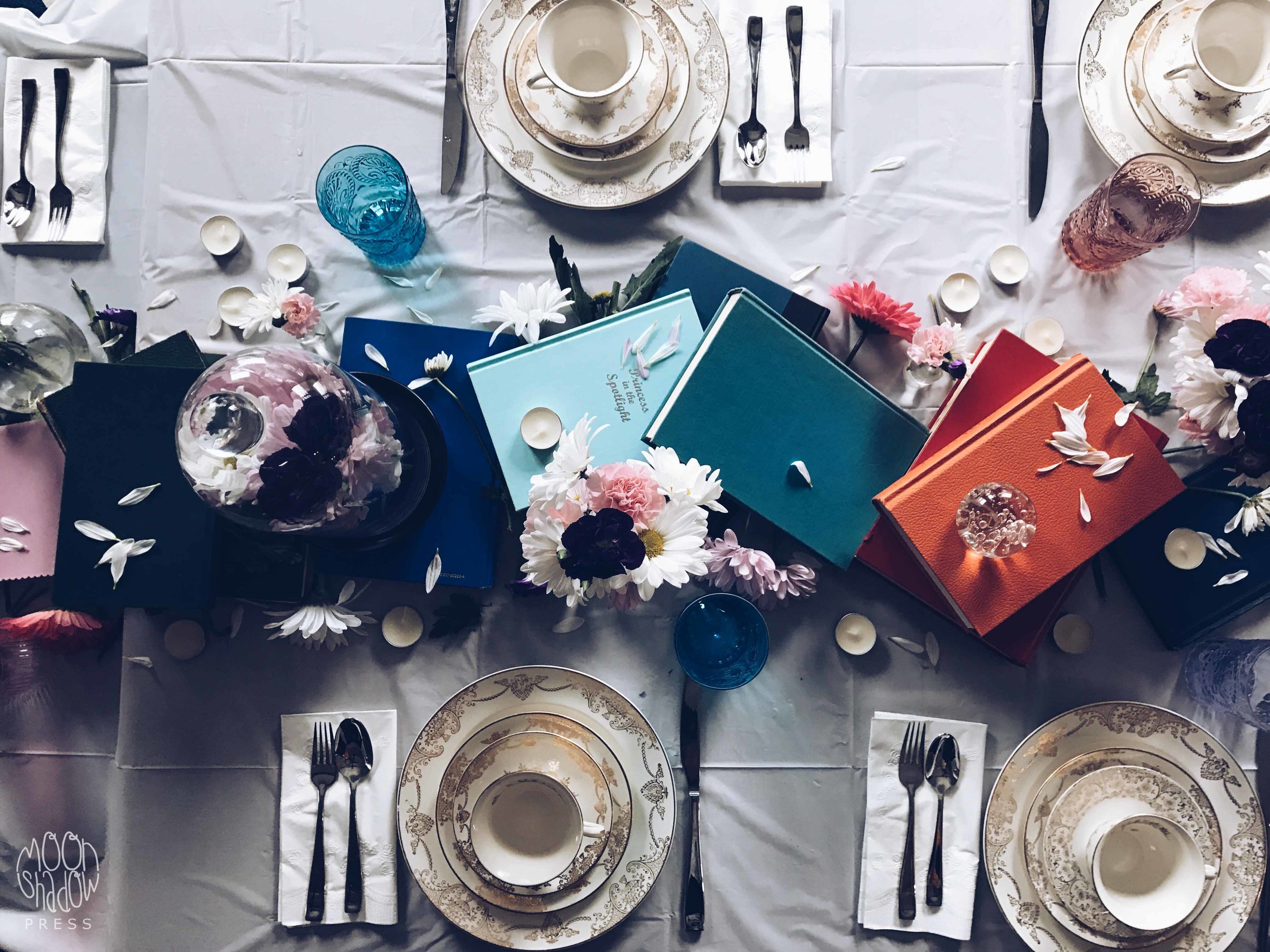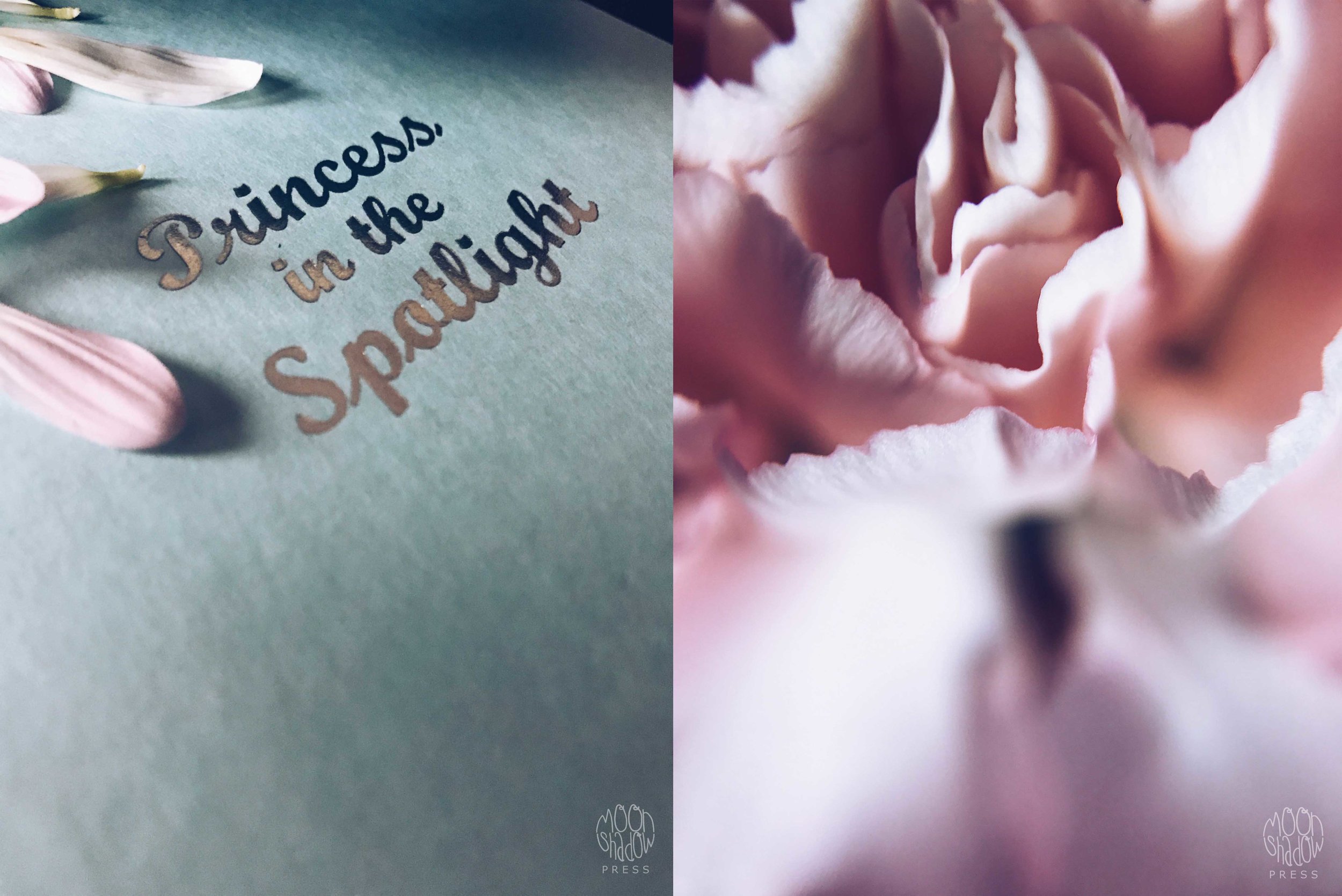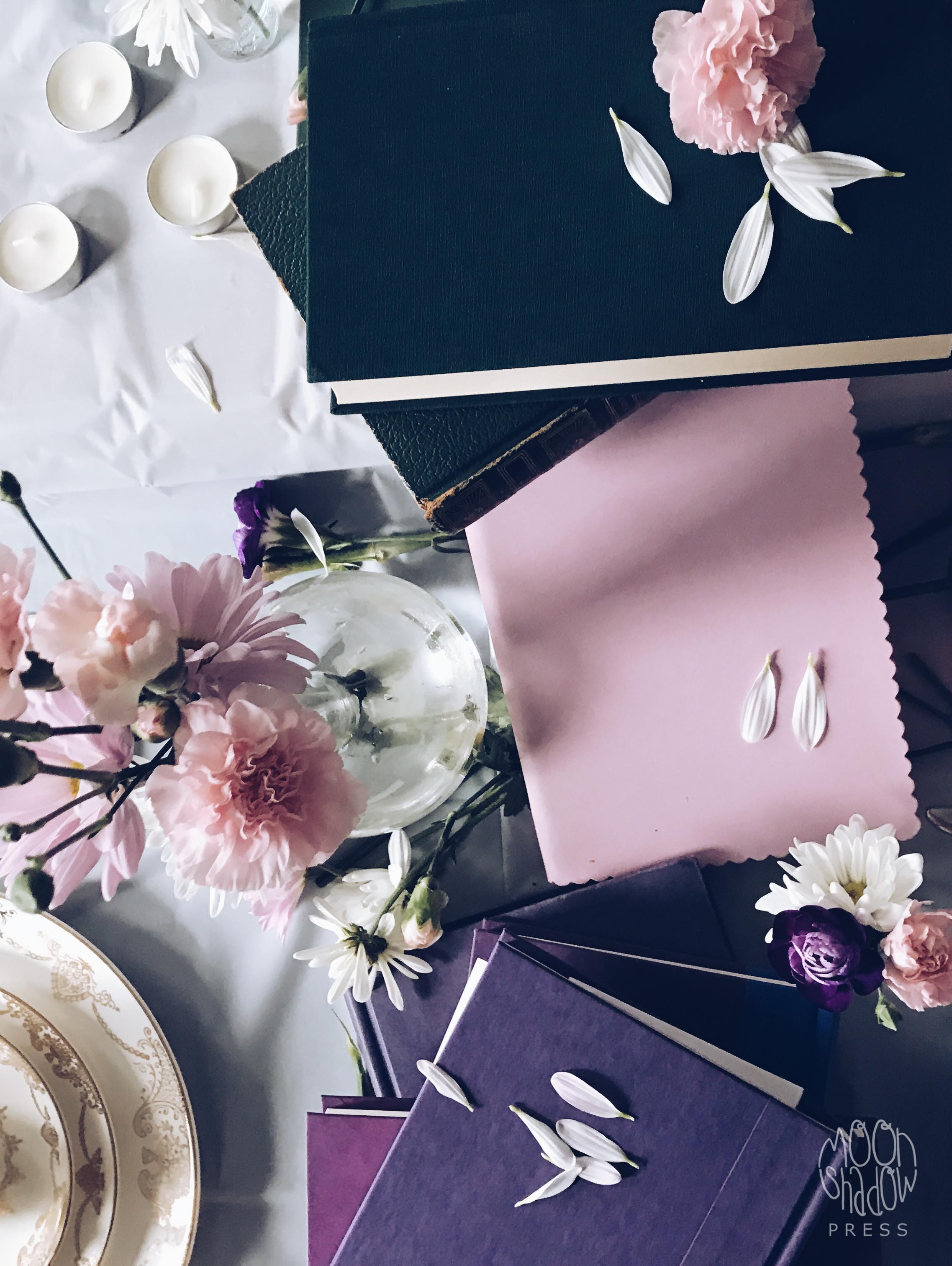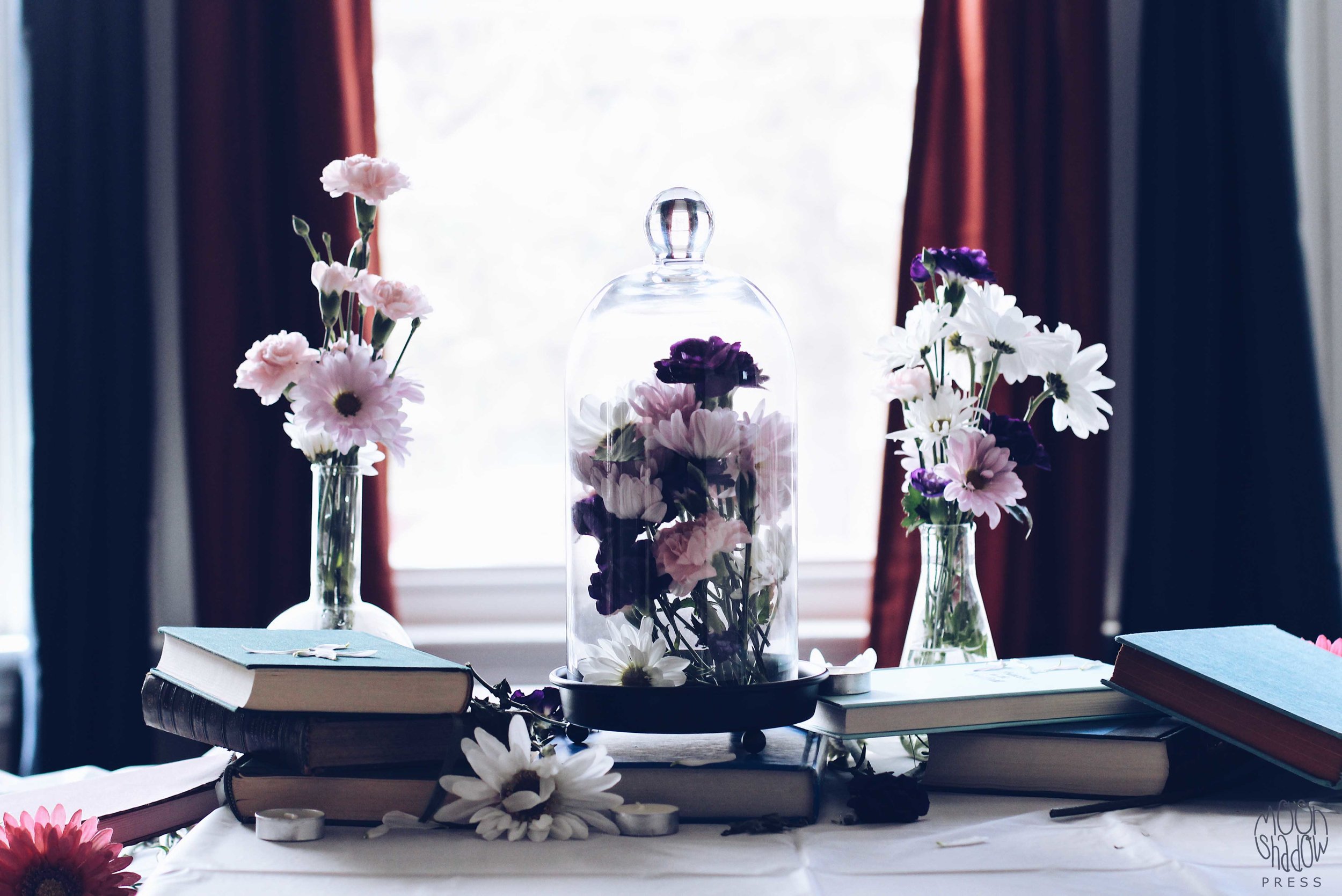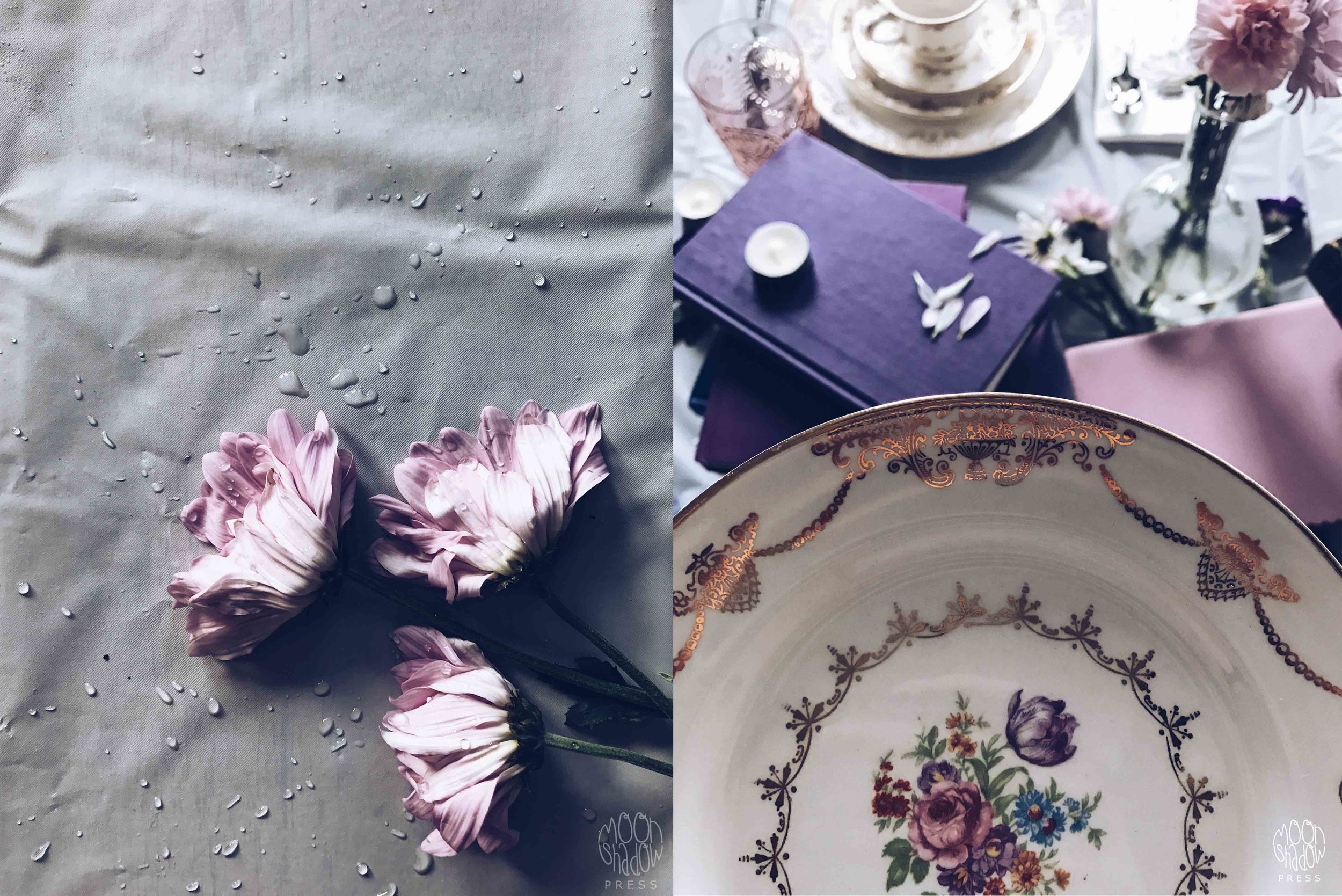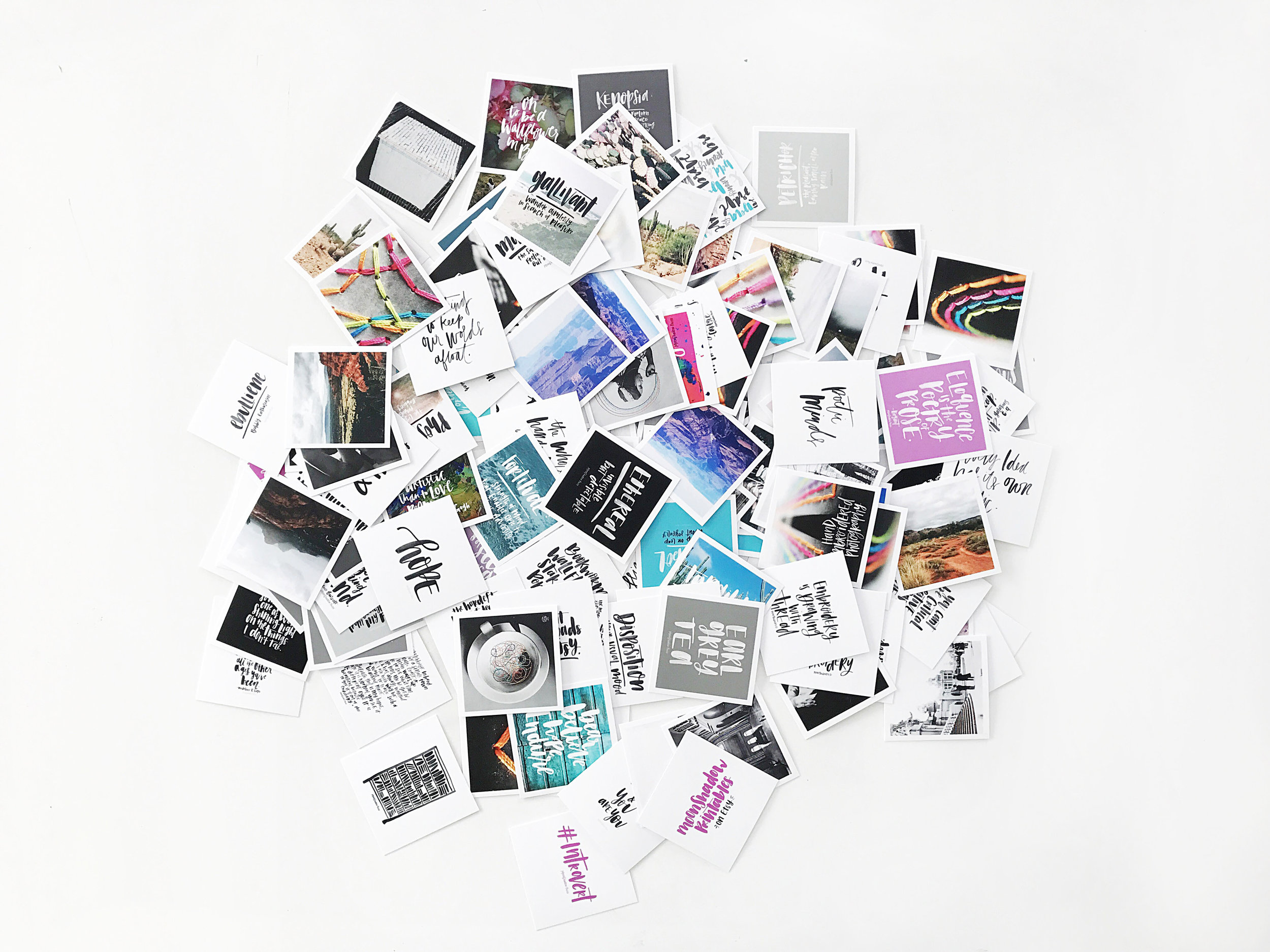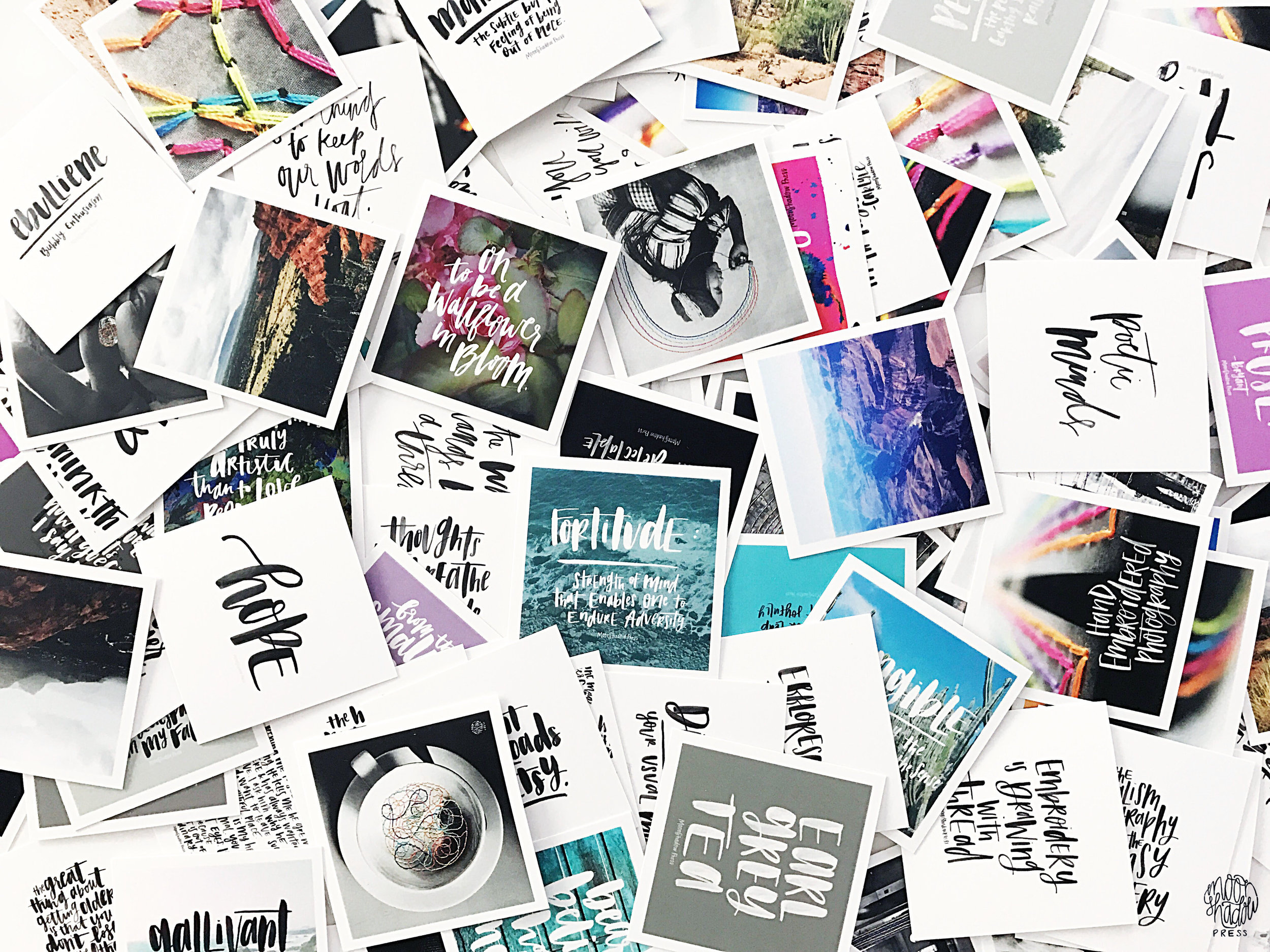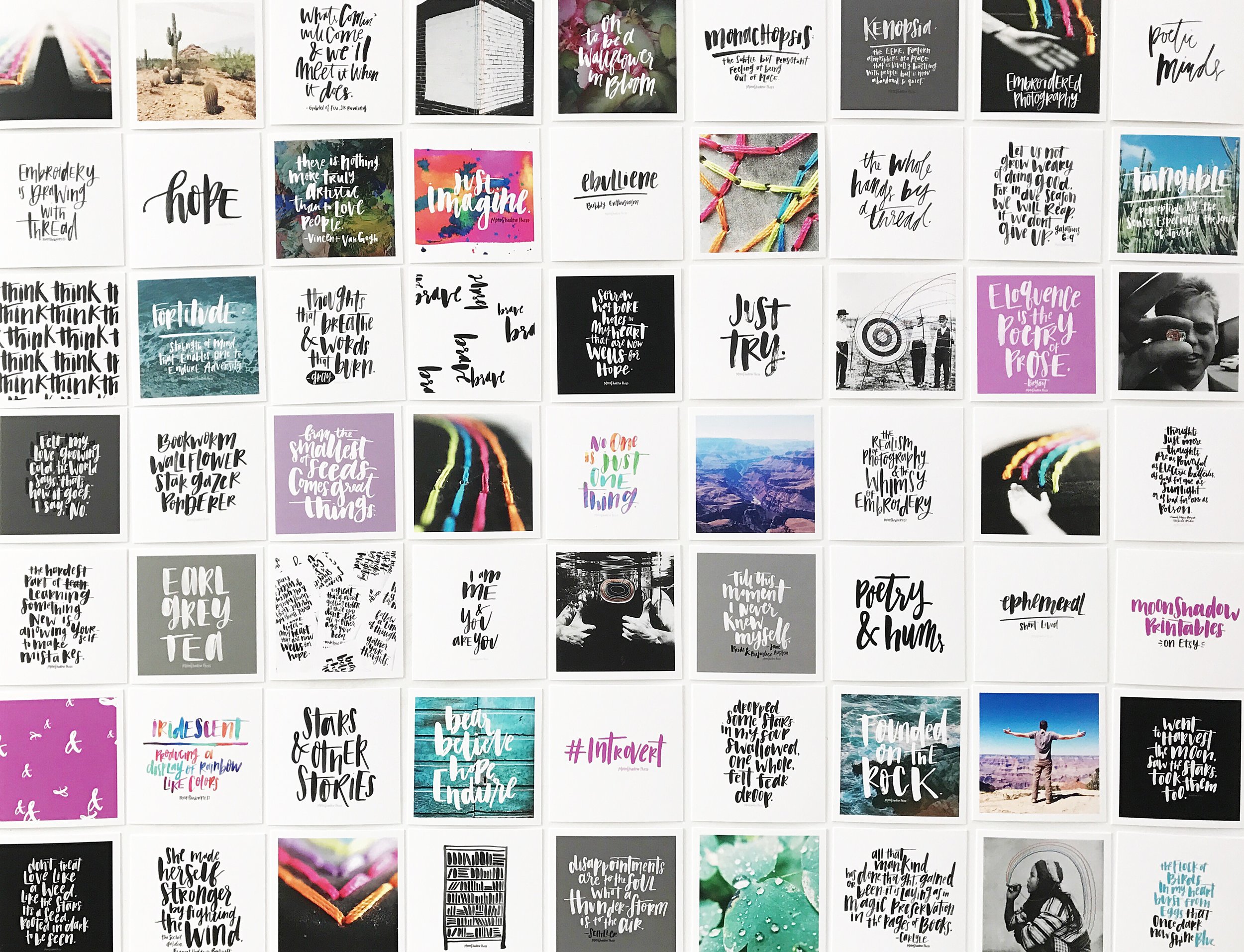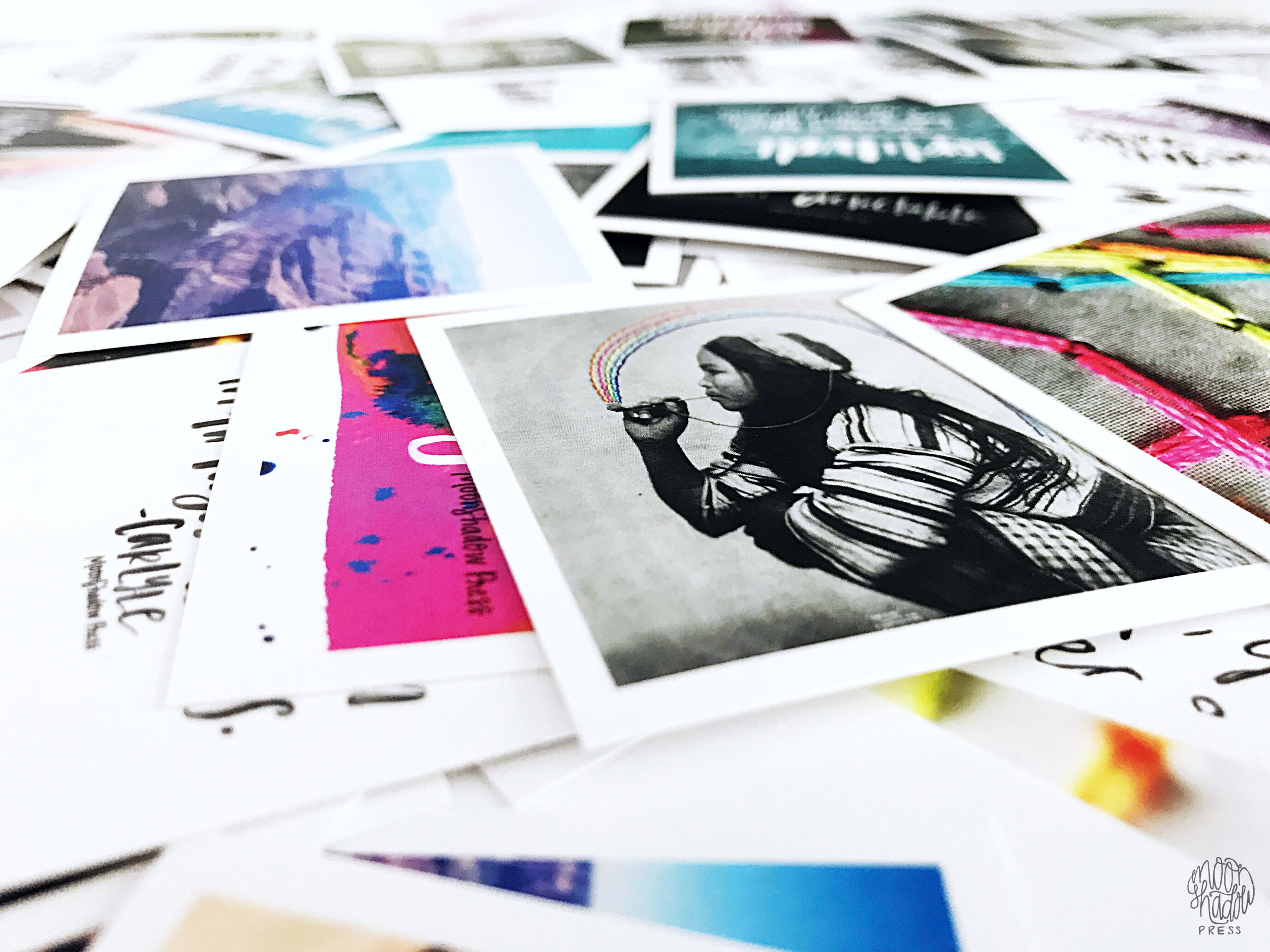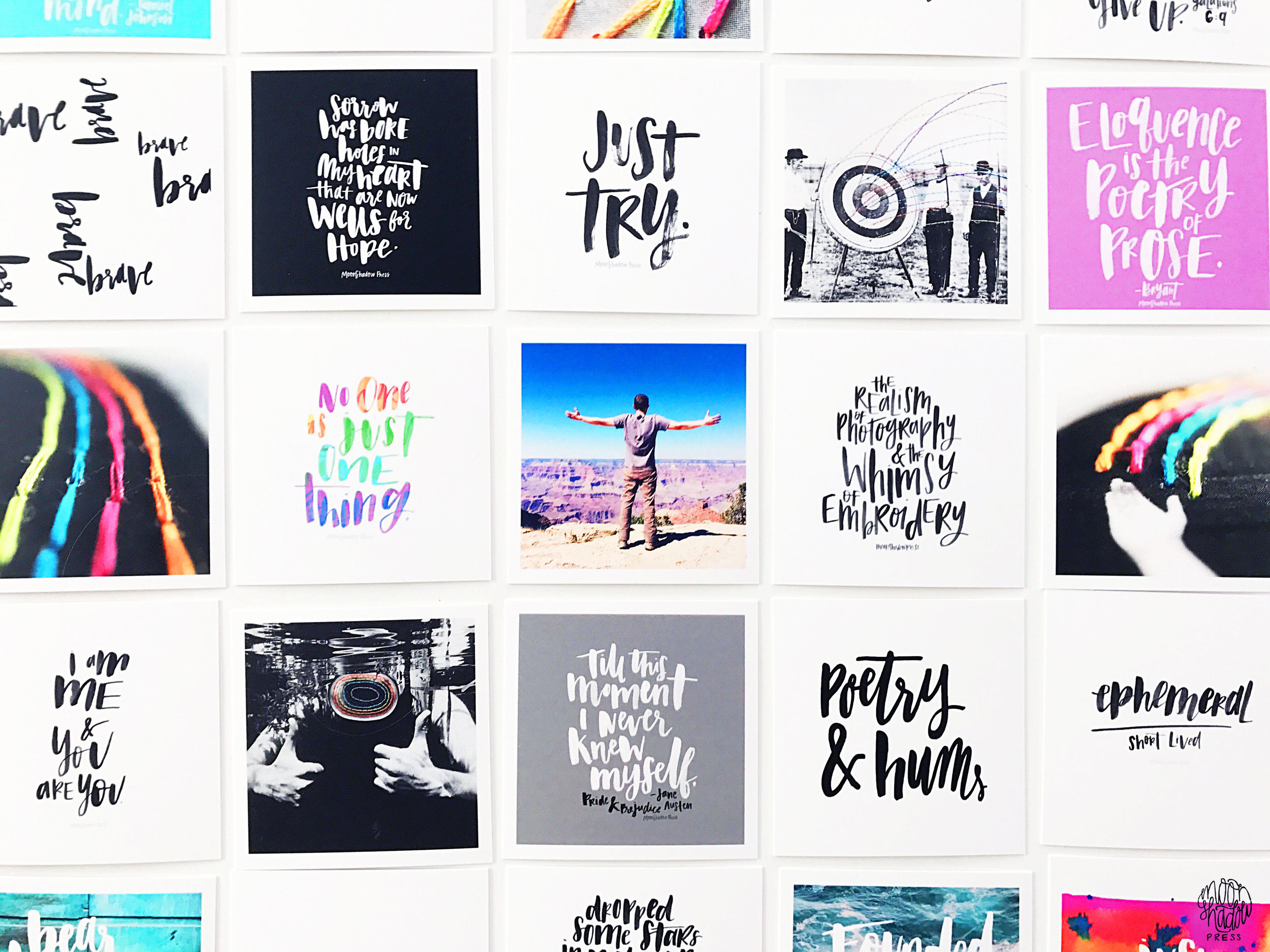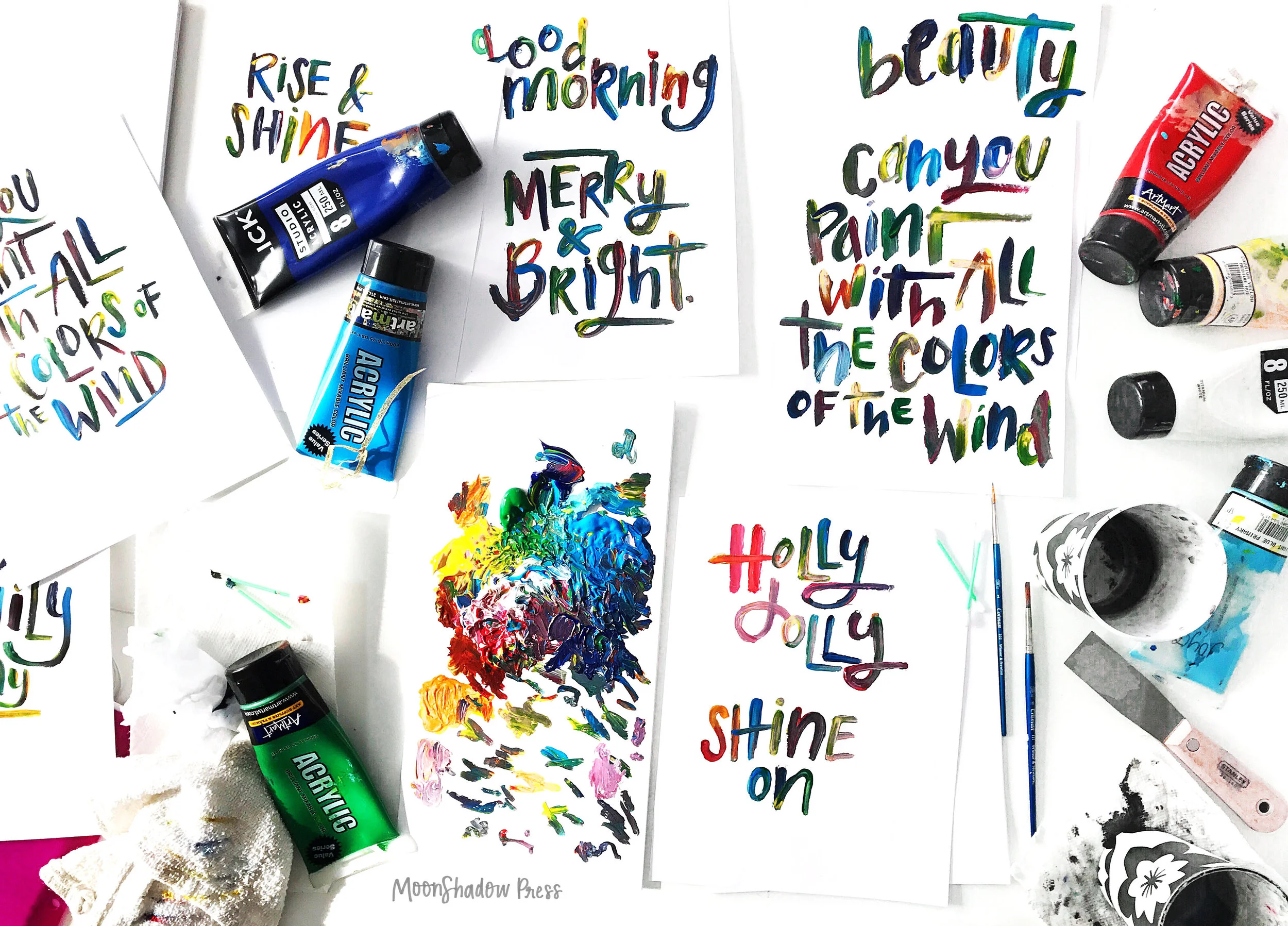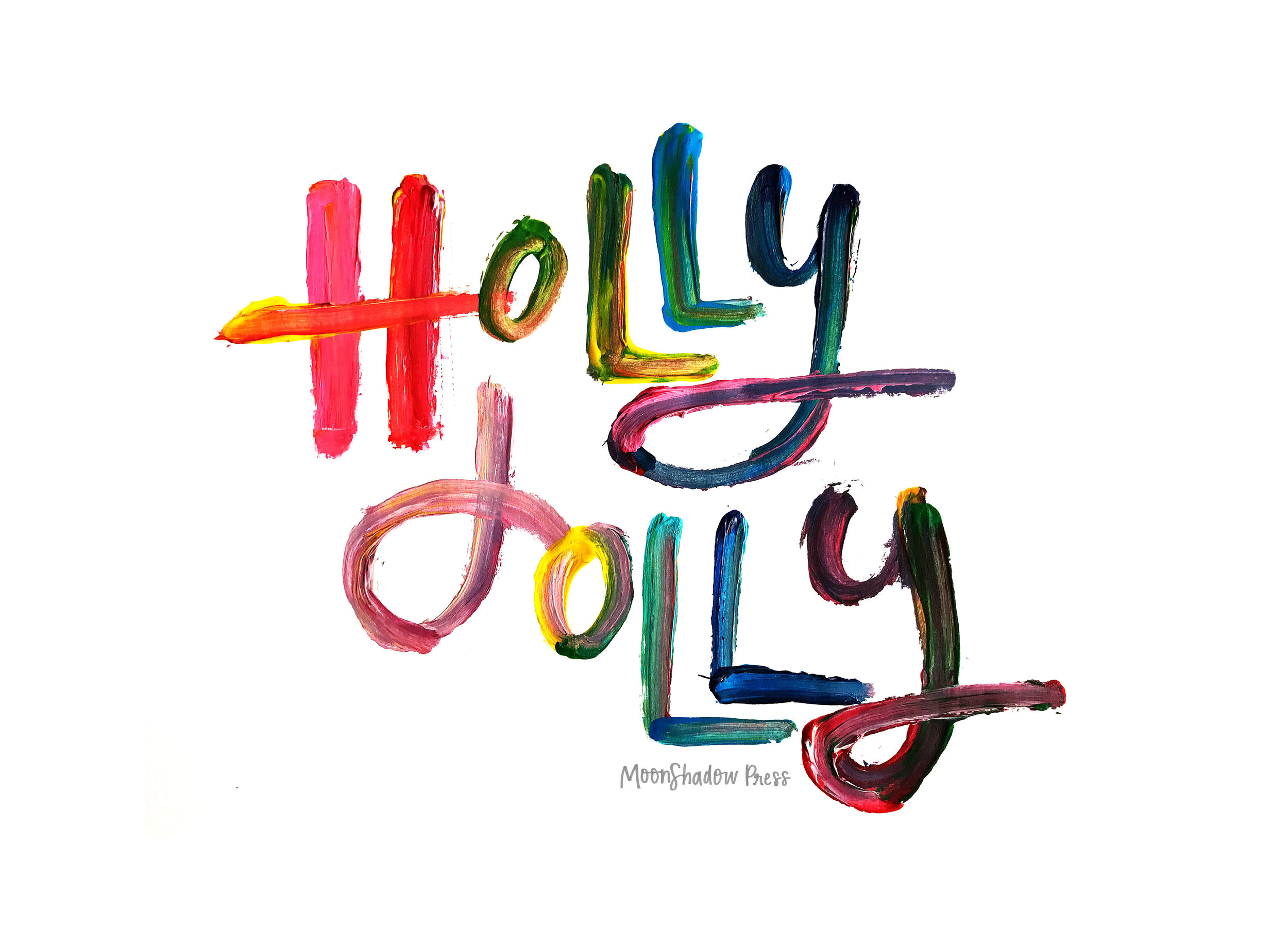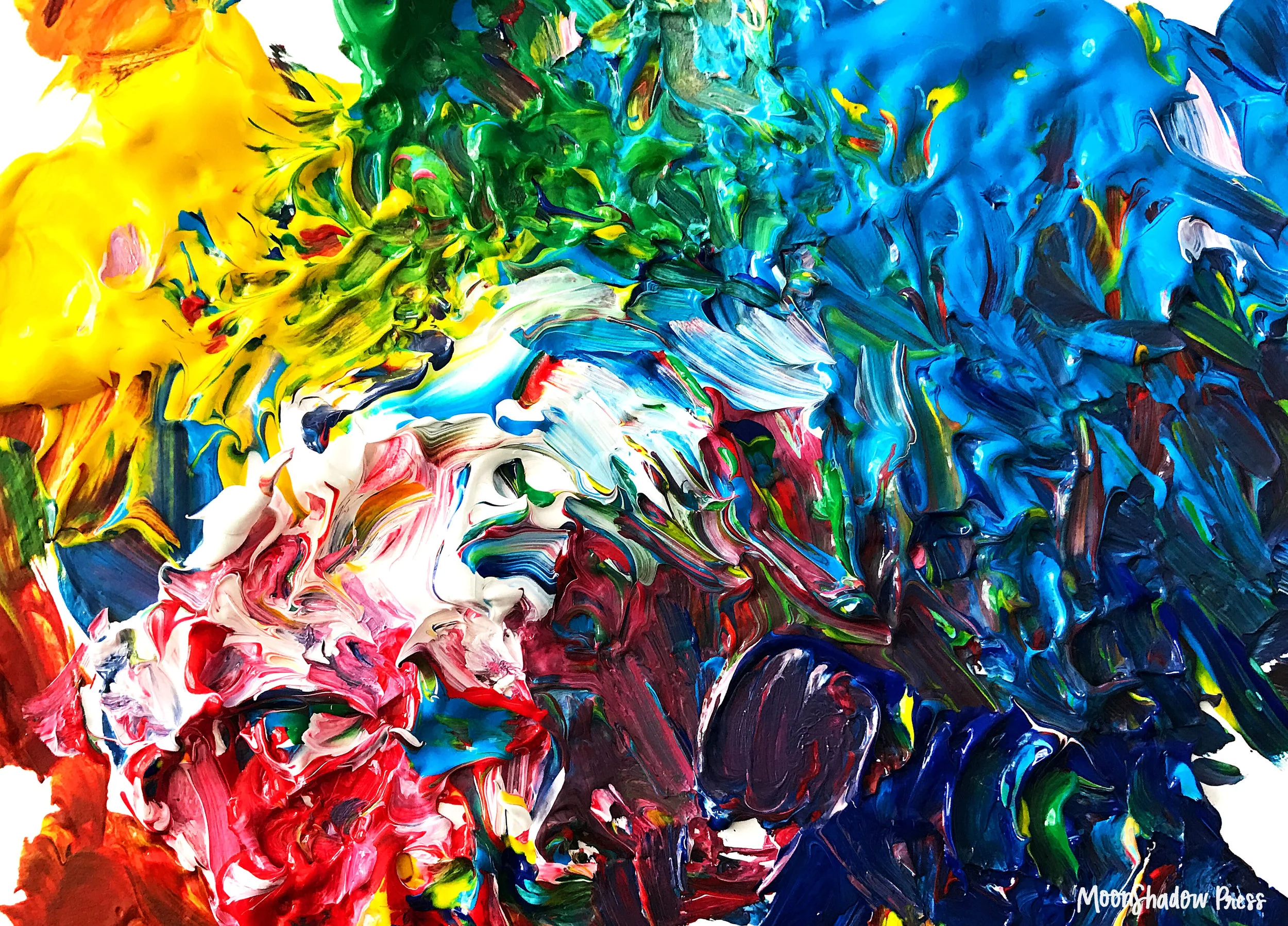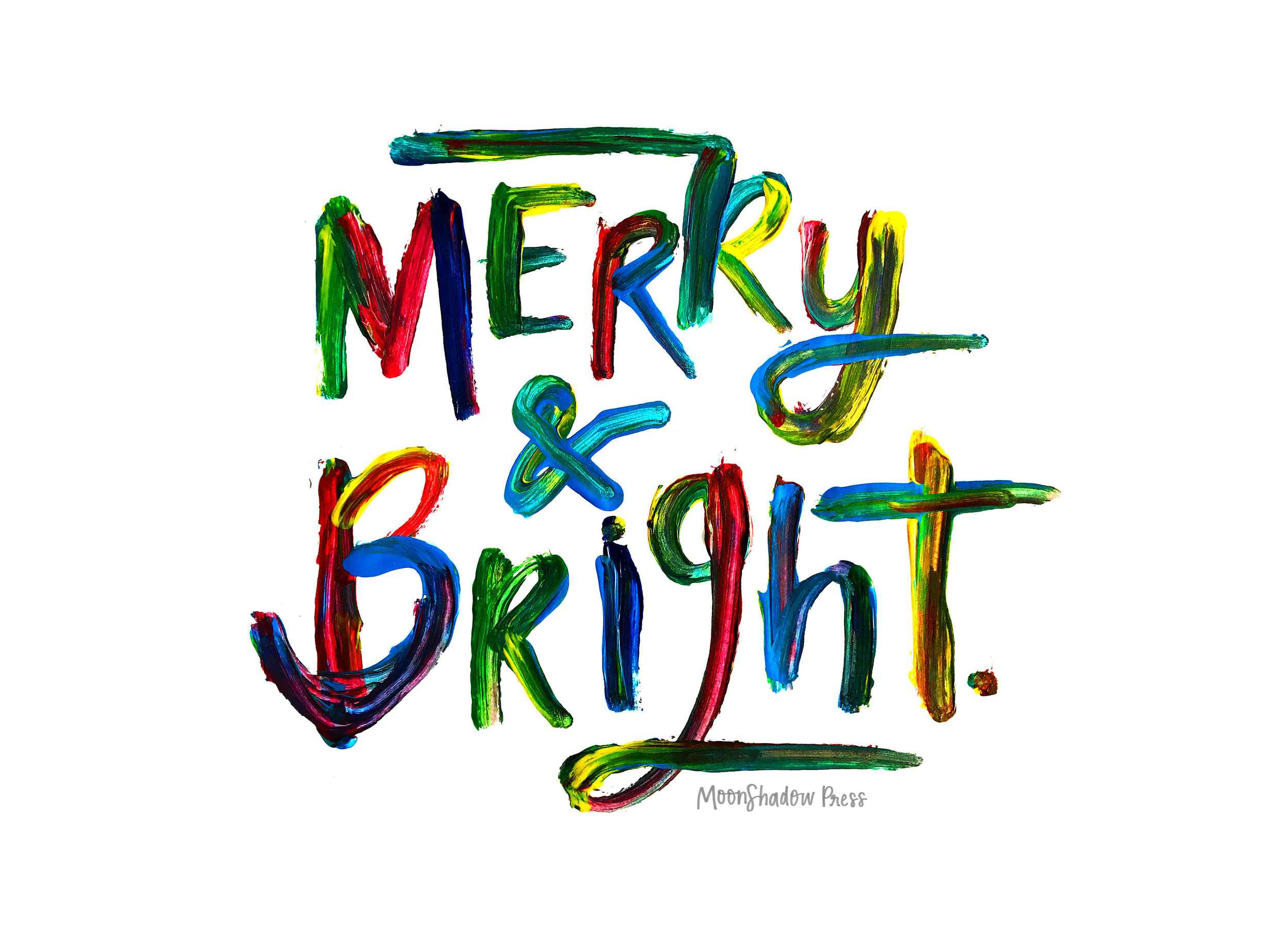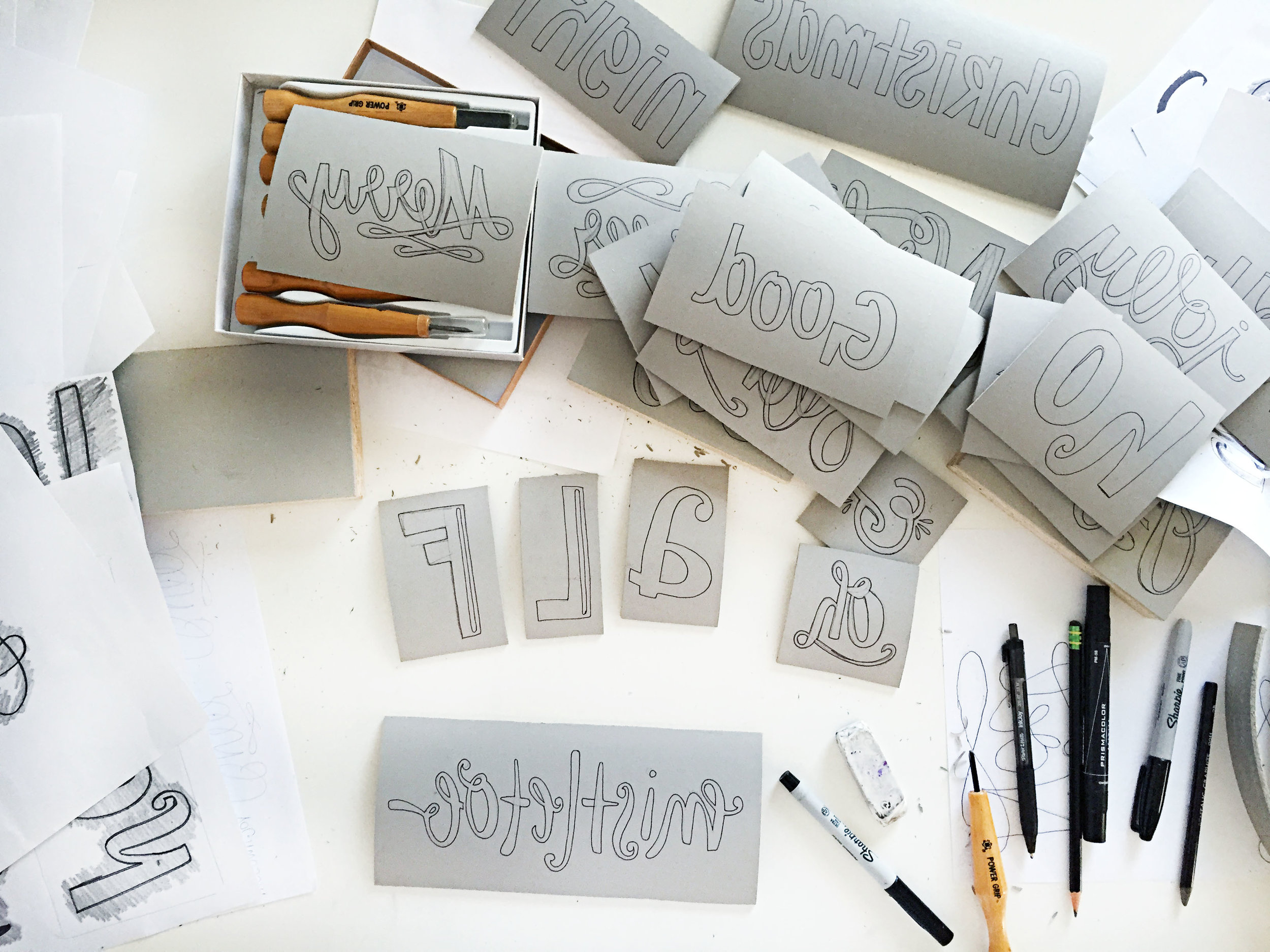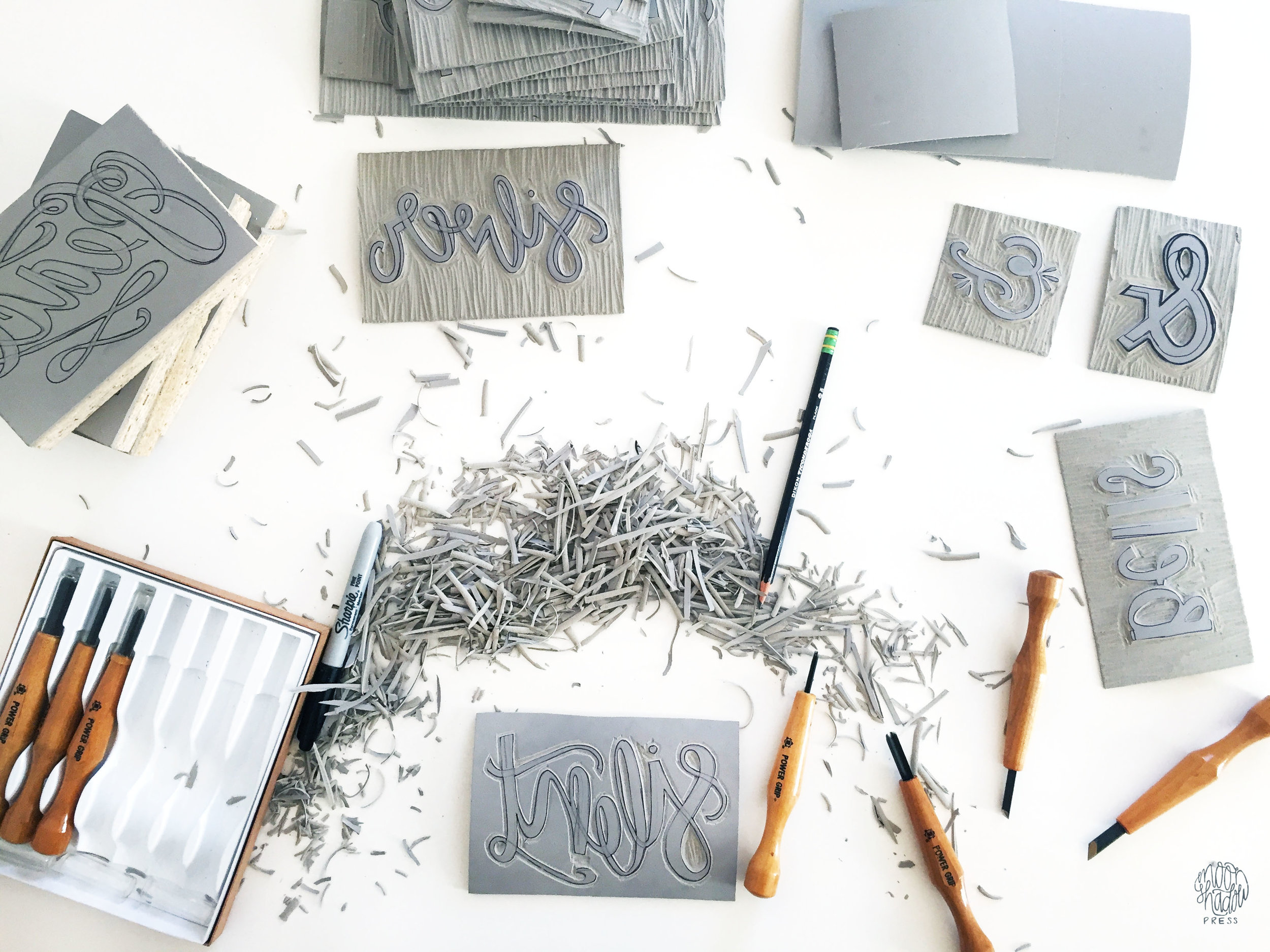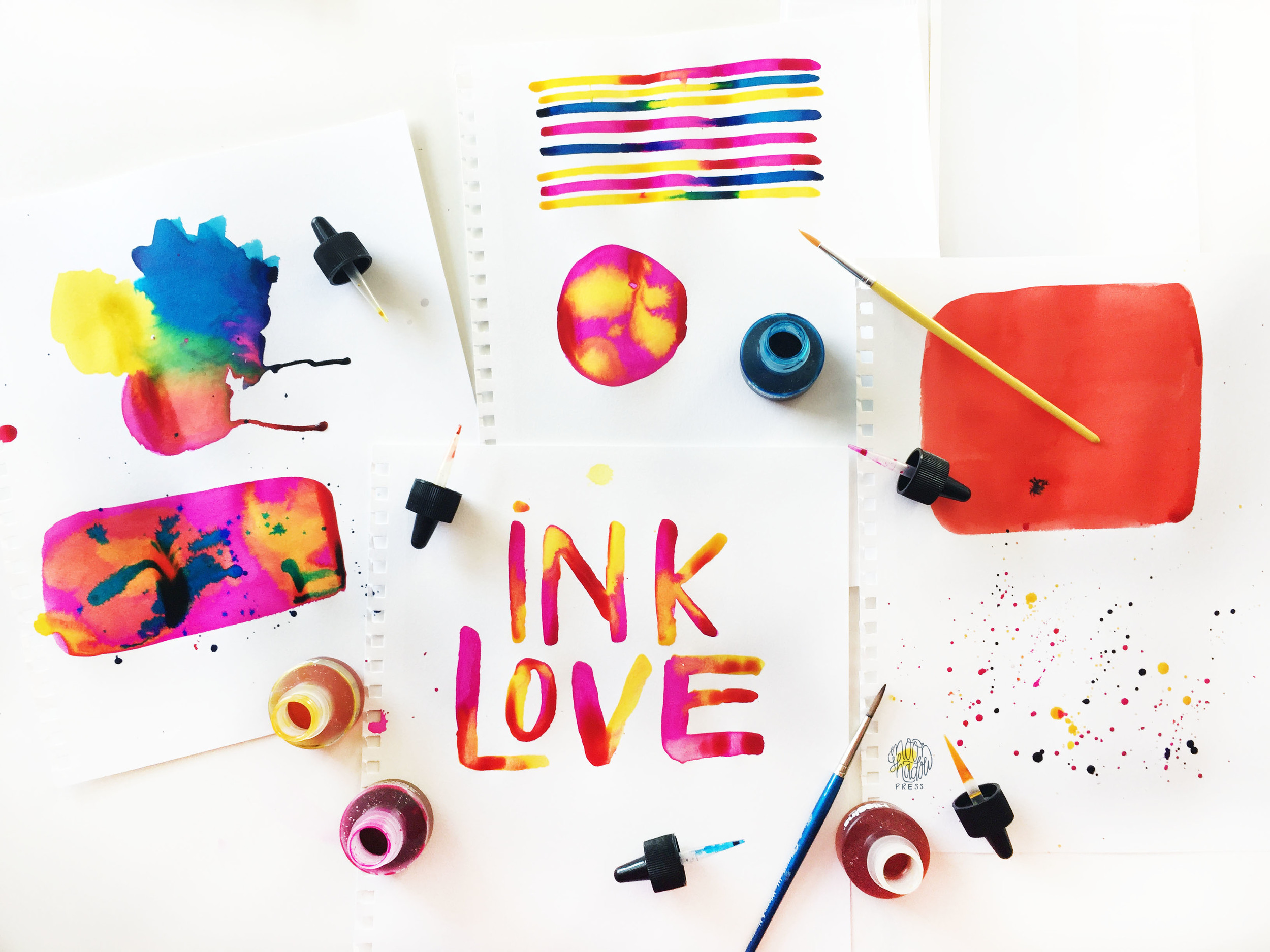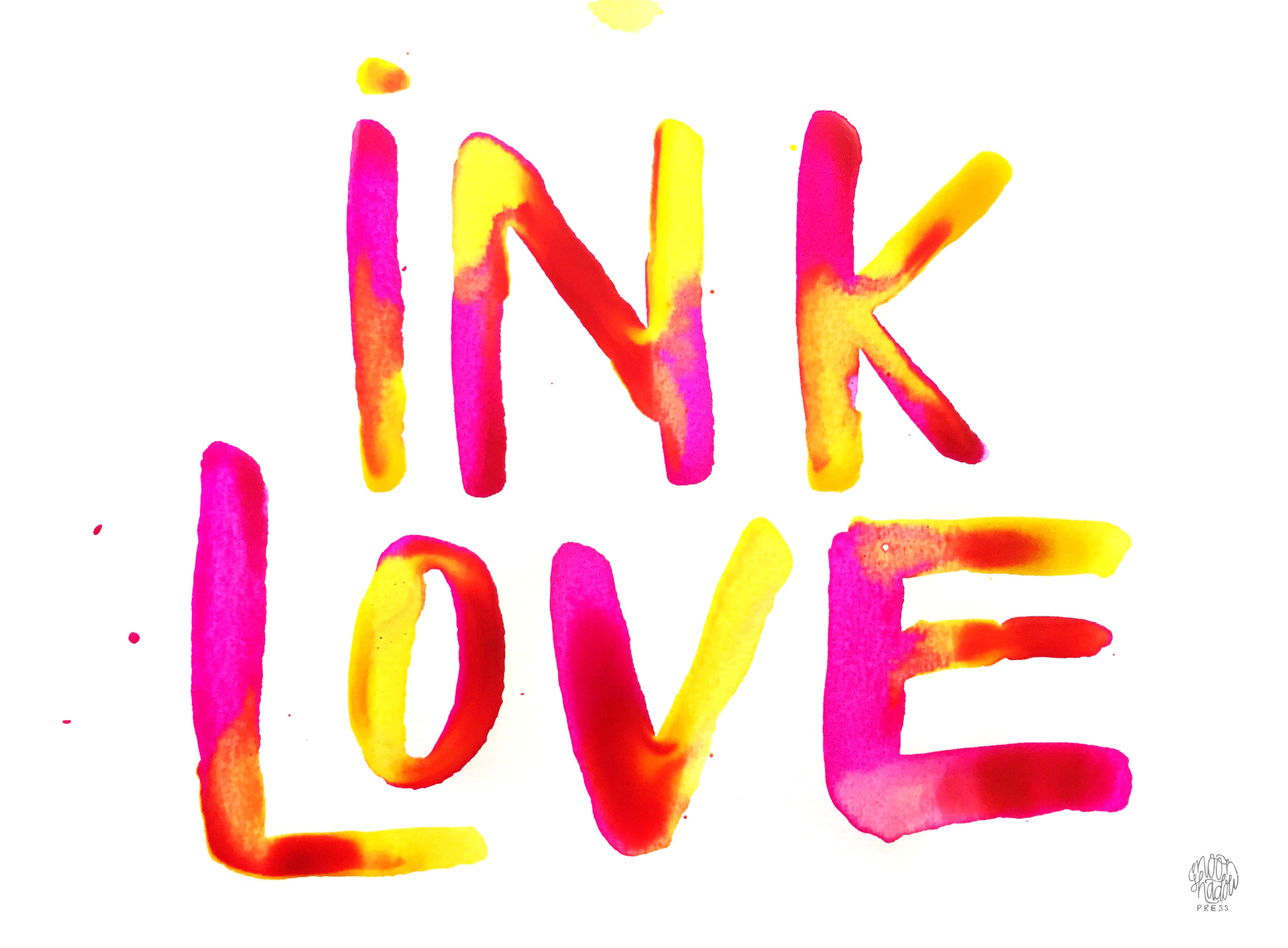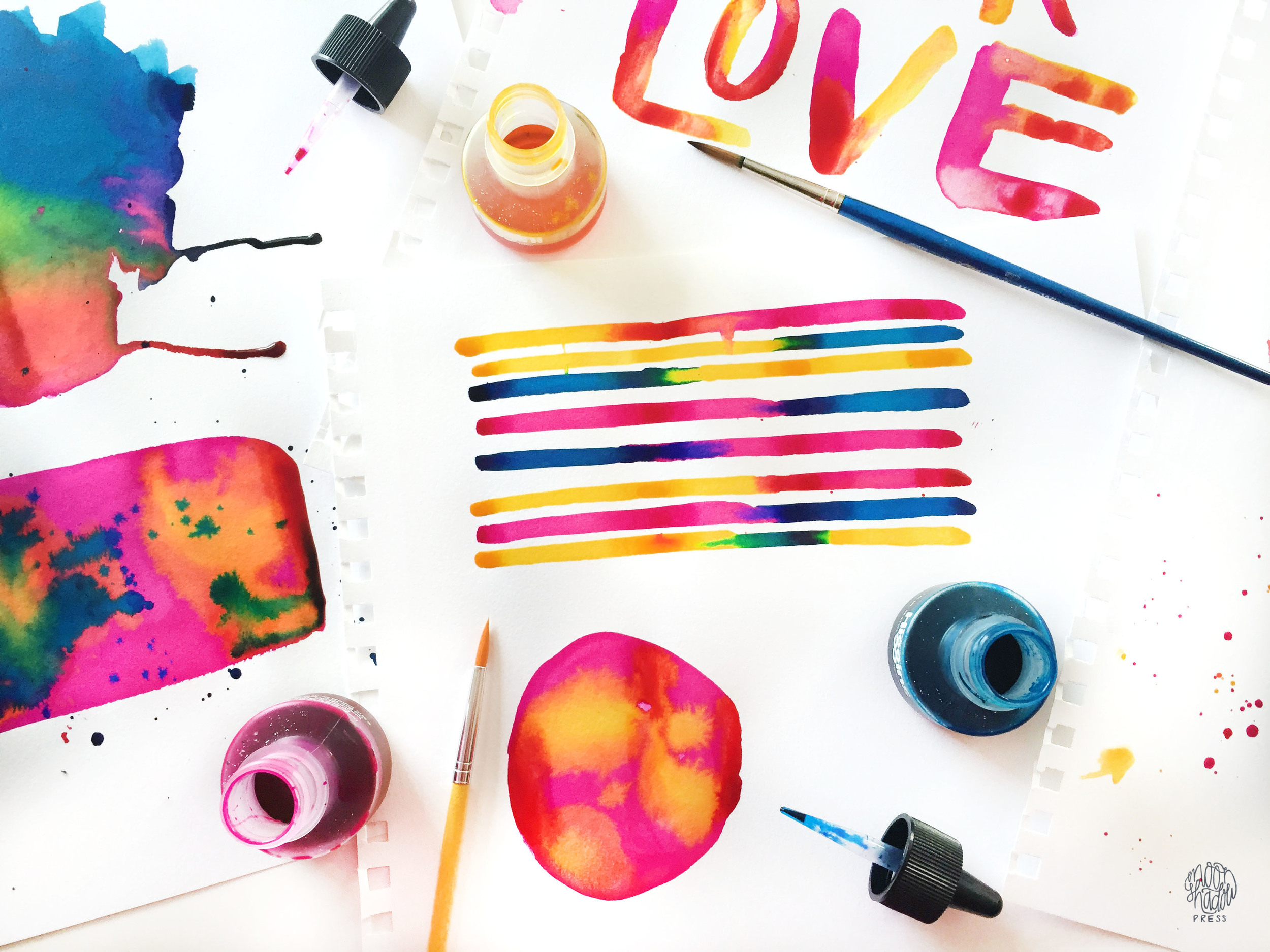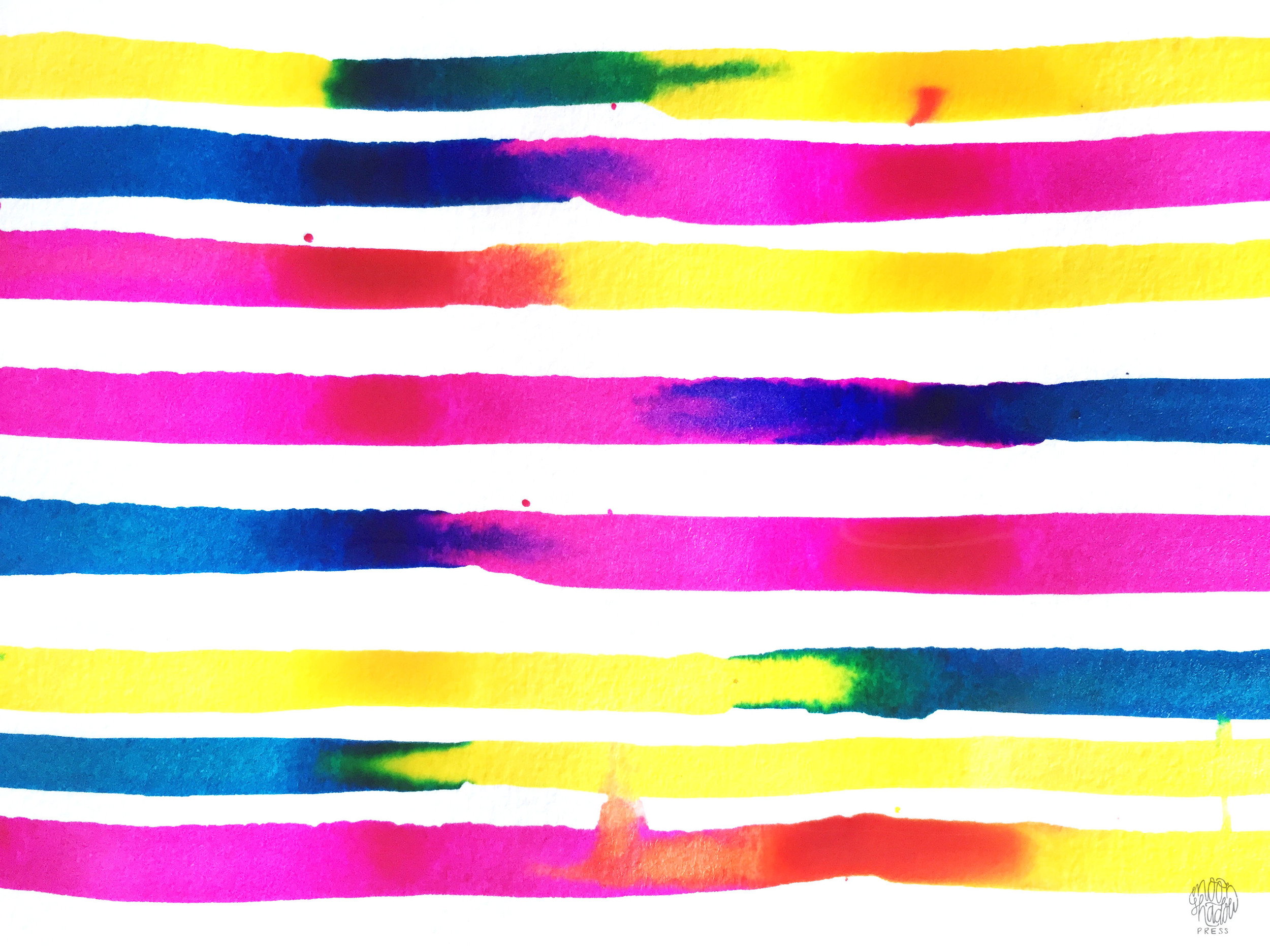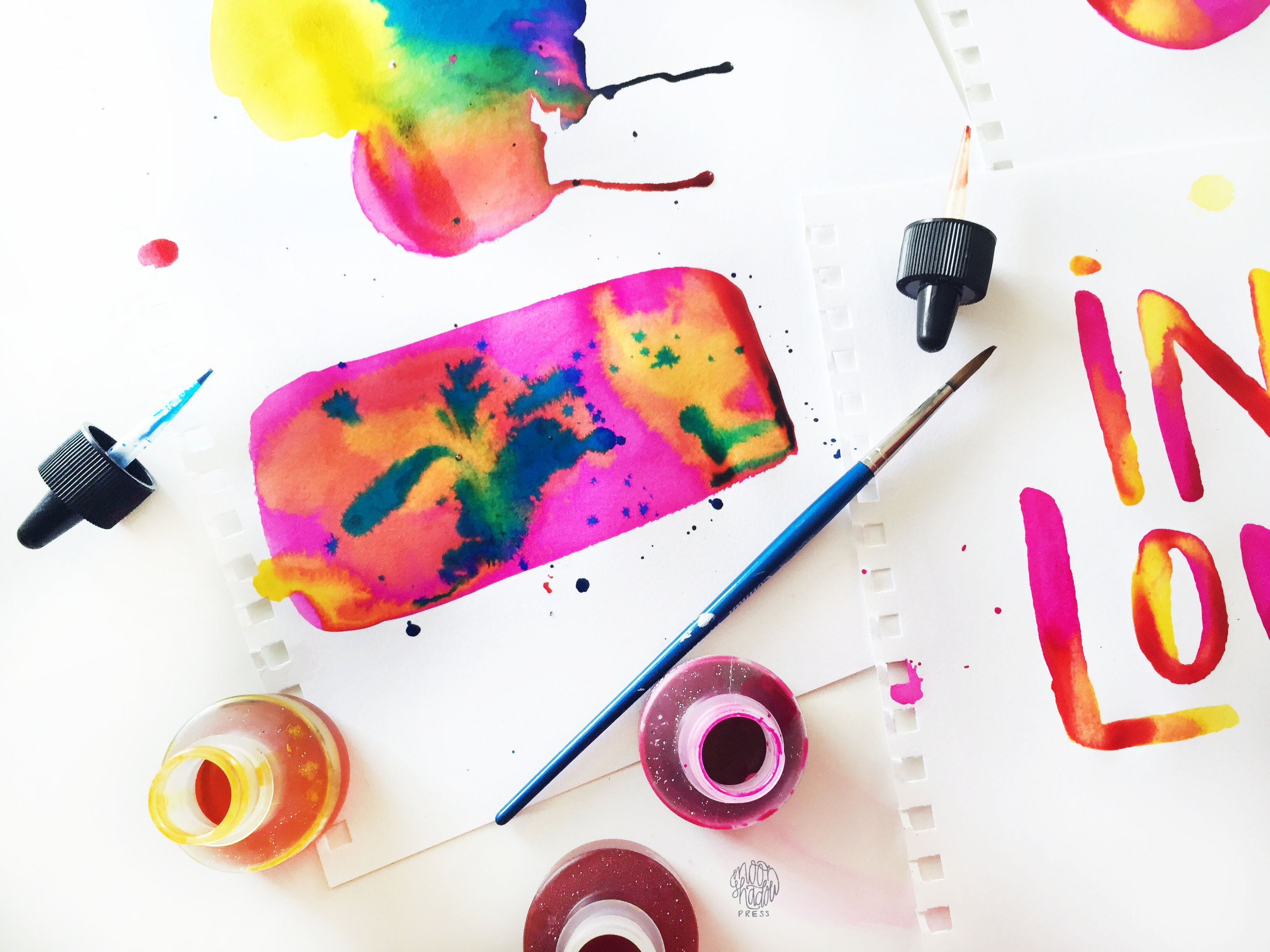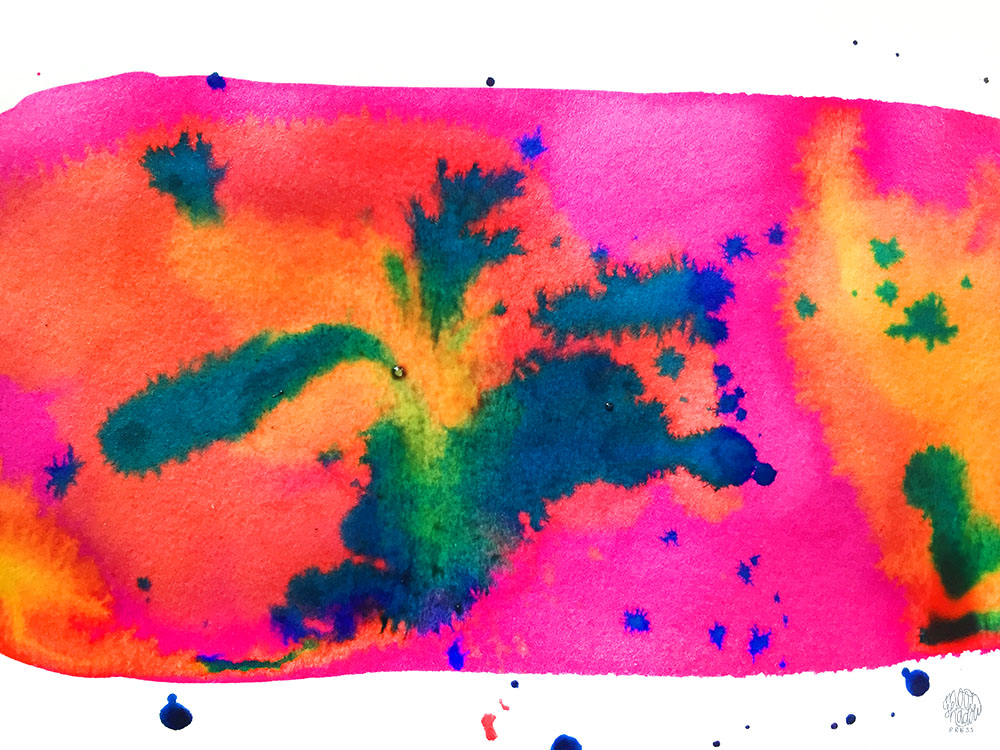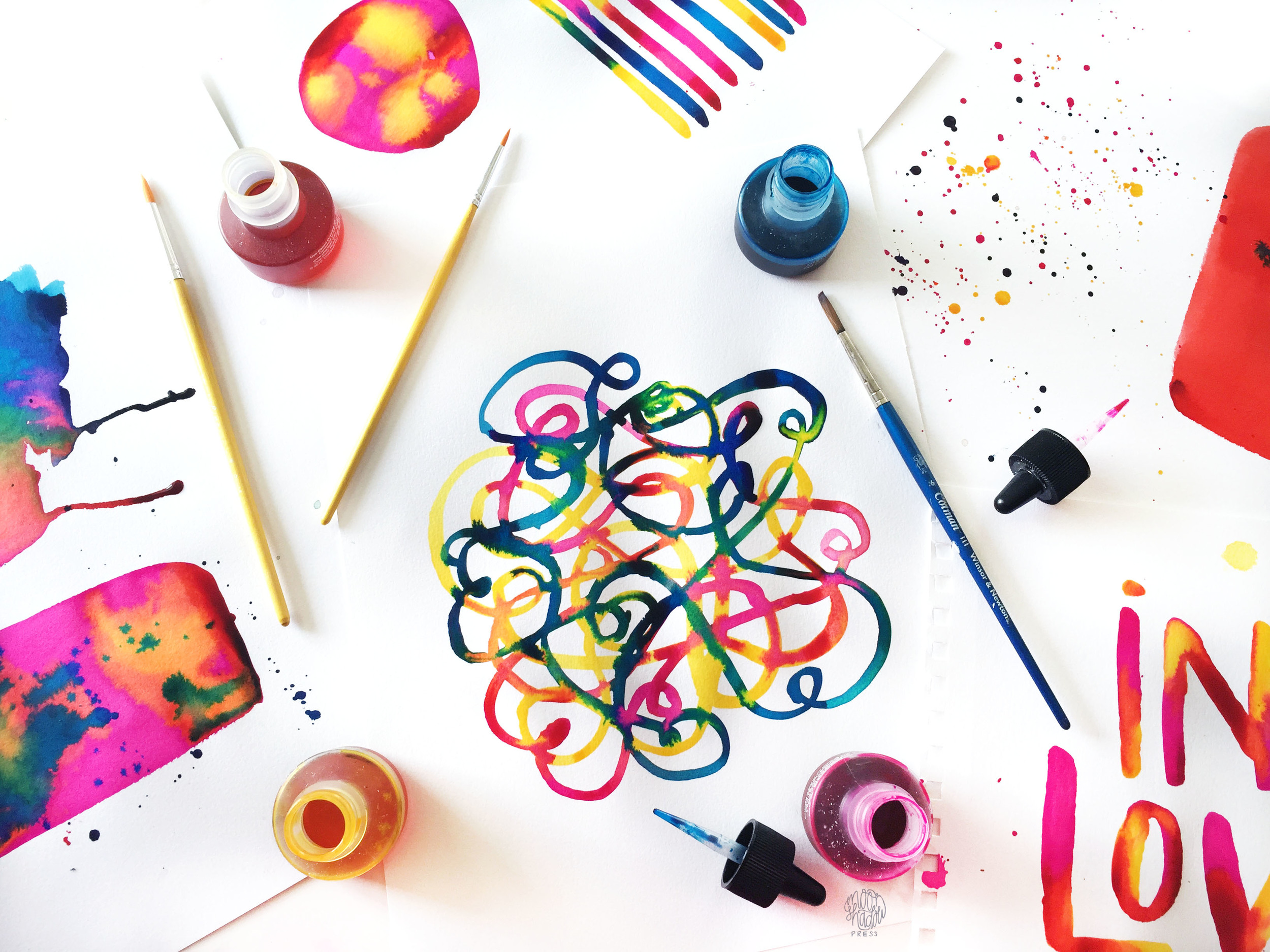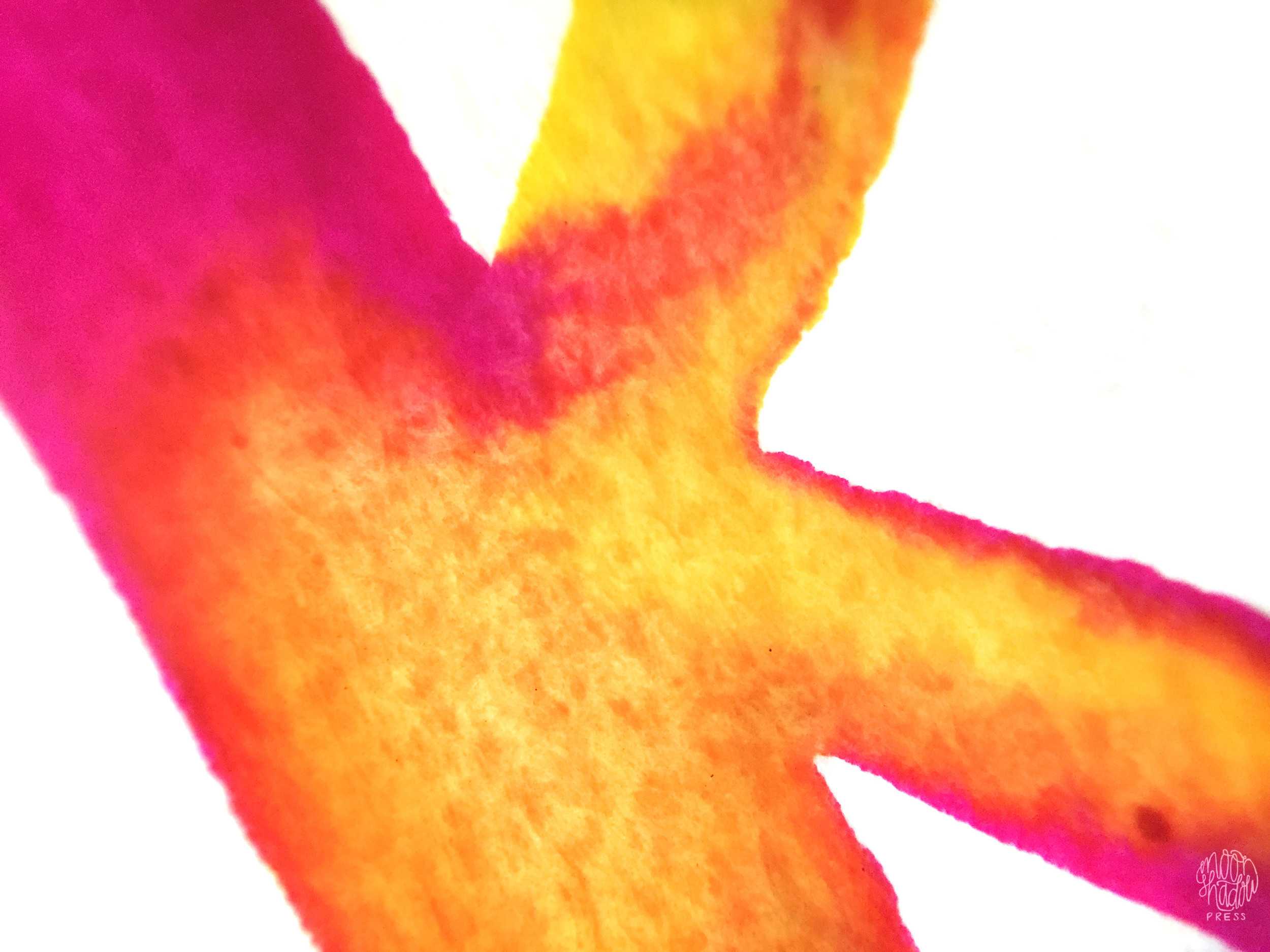After three years of working as a studio artist, I've done a pretty good job of honing in on the philosophies behind my studio practice and artwork. So far I have identified nine overarching concepts that influence my decision making processes, creative choices, and general working style.
*Full disclosure: I do not perfectly follow any of these philosophies, and even struggle to totally embrace some of them. Some are more goals than current realities. However, in writing them down and sharing, I hope to find courage, renewed confidence, and accountability to pursue them more fully. So here we go!
1.) A studio practice is a lifestyle:
A studio practice isn't compartmentalized into working hours and the rest of your life. It incorporates your whole life. Everything you do, see, hear, say; everyone you meet, see, and interact with; your nightly dreams, your walks, your breaks and rest, the books you read, the movies you watch, the conversations you have with friends (and yourself), the vacations you go on, the trips to the grocery store you take- they all inform your artwork, and therefore are a part of your studio practice. Nothing is taken for granted. Nothing is a waste of time. Everything is important and full of potential.
2.) There is beauty in imperfection:
Imperfection is the great unifier. We are all imperfect, and on those grounds we can all relate to each other, and also show each other (and ourselves) grace and love. Imperfections are human. That is why, despite the raging beast of perfectionism within me, I work to keep "evidence of the hand," in my artwork. Our current reality is imperfection, but we are still full of beauty and capable of adding it to the world as well. I believe art should reflect both of these aspects.
3.) Evidence of the hand:
I use processes and techniques in my artwork that leave "evidence of the hand," or evidence that a human being was involved in the making of the piece. I limit how I use Adobe Photoshop and Illustrator, I use the least amount of photography equipment manageable, I stitch by hand, I draw by hand, I work with mixed media and collage techniques, and I print relief prints by hand. Basically, I try more and more to allow imperfections to happen, remain visible, and become a part of my artworks.
4.) Honesty:
I allow myself and strive to be honest, both in my dark areas and bright ones. Something my struggle with depression has taught me is that it is easier to be honest than to pretend or cover up how I really feel and think. What I mean by "easier" is that it conserves energy. My experience with depression is that everything, even the smallest action, becomes a battle. When you feel like you have to fight tooth and nail to function and be productive every single day, there is little tolerance for wasting energy. The more worn out I became, the more honest I became as well, and I noticed the better people responded to what I had to say, both in my speech and in my art. As much as depression sucks, I am thankful for this lesson. Honesty is the best policy, and not because it gives you a morally, self righteous high ground. Honesty is the best policy because it lets out the real you, the true you, the beautifully imperfect you. Honesty is where imperfection and grace collide.
5.) Hope is always present/find the light:
This concept is where I get my studio name, "MoonShadow Press." Even when it seems the darkest, light & hope are present. I view art as a reminder of hope, a way to hold onto hope, and a way to share hope. The hope I look for and wrestle with and work to hold onto is the hope of the Gospel. Without the hope of grace, forgiveness, love, friendship, and reconciliation that Jesus offers, I am lost to despair. I do not expect anyone/everyone to agree with my hope. I want my artwork to inspire thoughtfulness and self reflection within the hearts and minds of those who see it. Personally, creative pursuits make me feel more connected to God and help me keep ahold of joy and hope during times of grief and depression.
6.) "The seriousness of play:"
Coined by contemporary artist William Kentridge, the concept "the seriousness of play," is about how truly important it is to take time to be playful and not always be serious in studio. Having a safe space and time to experiment and explore, where there are no bad ideas and no bad art, is necessary for a healthy artist. Art as a career is time consuming, as well as often discouraging and emotionally draining. Goofing off and messing around create spaces for new ideas, and keep joy and delight flowing. I admit that this is an area that I need to grow. I can feel the weight of "art as career" sucking up much of my joy, and I've only been doing this for a few years. Making time for playfulness, delight, and low pressure creativity is a serious business.
7.) Serendipity:
Serendipity within an art studio setting is about allowing for chance, change, and accidents. It is tied closely to "the seriousness of play," the beauty of imperfections, and a more relaxed structure (which I discuss later in #9).
8.) Poetic Whimsy
Poetic Whimsy combines elements of hope, "the seriousness of play," serendipity, and honesty, as well as narrative and storytelling. The definition of whimsy is: "anything odd or fanciful; a product of playful or capricious fancy," (Dictionary.com). The definition of poetry is: "the art of rhythmical composition, written or spoken, for exciting pleasure by beautiful, imaginative, or elevated though," (Dictionary.com). Whimsy encompasses the delight of the unexpected and poetry is about communication. Both are heavily intertwined with imagination. While I don't always specifically use the written word in my artwork, the concept of fanciful storytelling drives my imagery, visual compositions, and concepts.
9.) Intentionality is more important that strict schedules:
So much of establishing a studio practice involves figuring out (by trial and error) how you work best. There is no one set rules for how to be successful, just like there is not one single definition of what success means. Every creative must discover those for themselves, and must accept that there will be areas where they differ from the majority of art or business culture. Having different work structures, environments, goals, and definitions is inevitable- we are all different. Yes, there are certain tasks that must be done certain ways or on specific timelines (like taxes, hooray), but most aspects of a studio practice are controlled by the artist. For me, being intentional has worked better than holding to a strict schedule. Since I have graduated, I've found that too much structure within my day-to-day schedule causes stress and anxiety, which stifles my creativity and productivity. As a result, I plan out quarterly goals, and then decide on Mondays what specifically needs to be done that week. I do not force myself to always do business tasks on Mondays, or always make art in the mornings, or always have lunch at noon. I do what I am most excited about first, and then mix in the less enjoyable tasks throughout the week whenever I am ready to tackle them. Every week, every day, is at least slightly different, and that is how I like it- at least for now.
